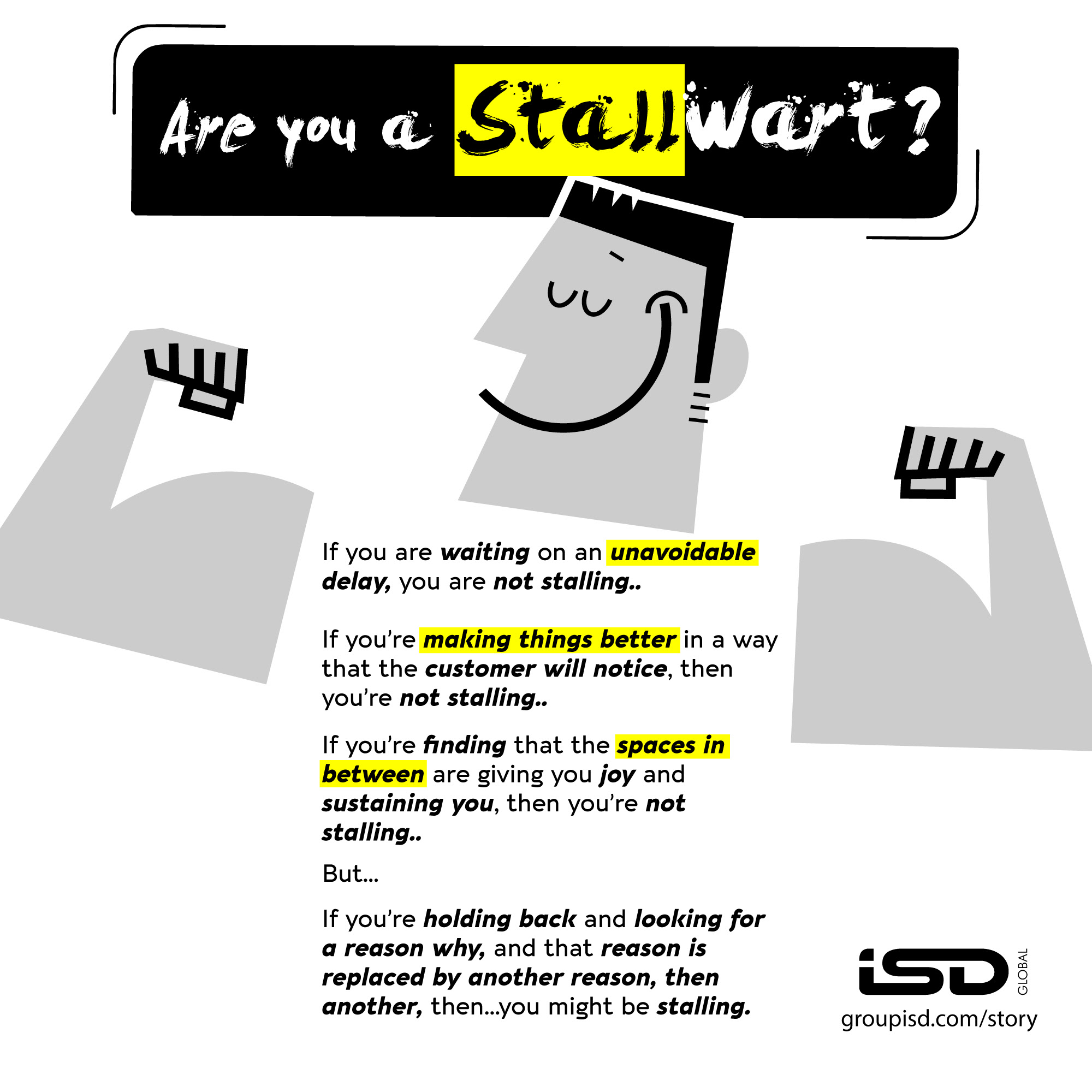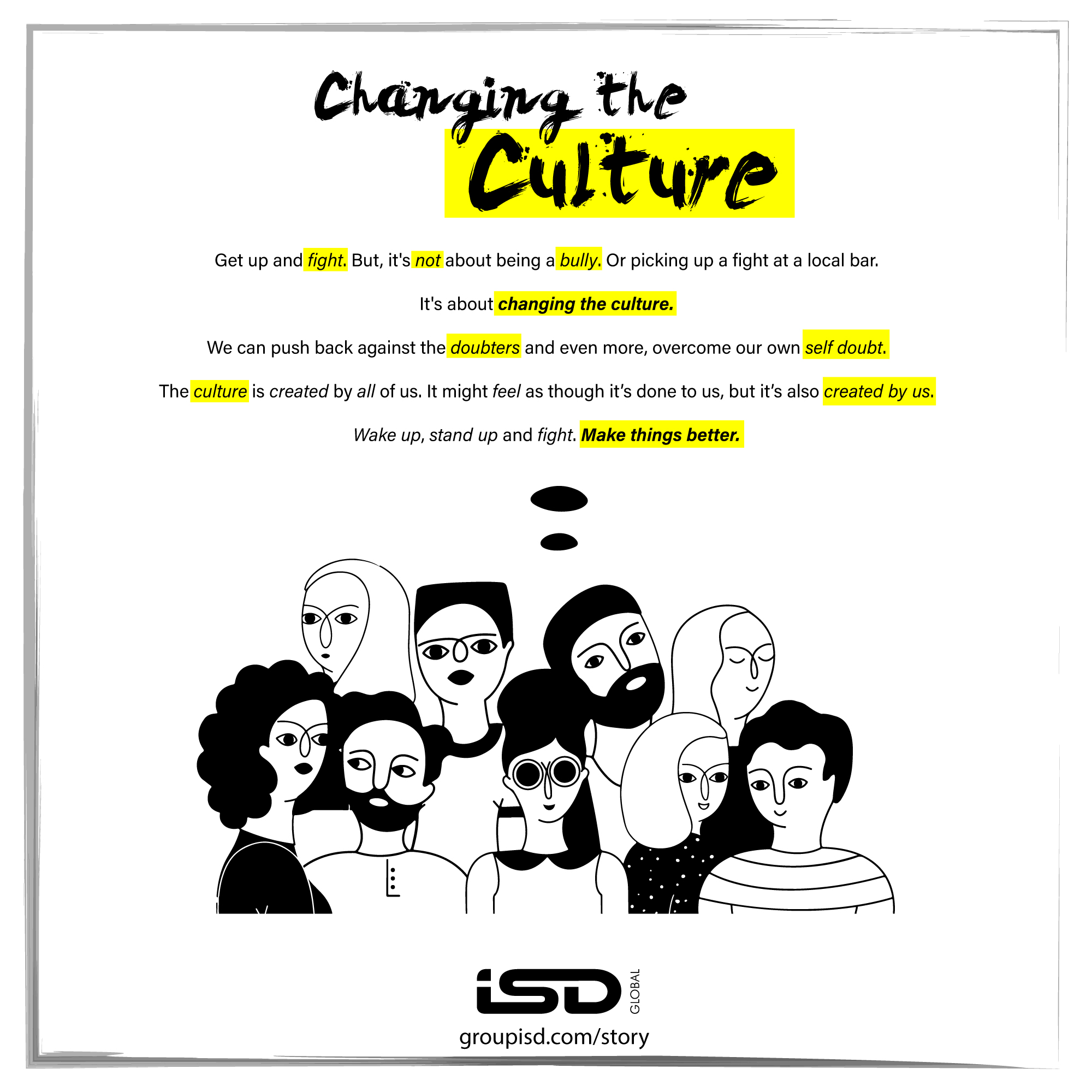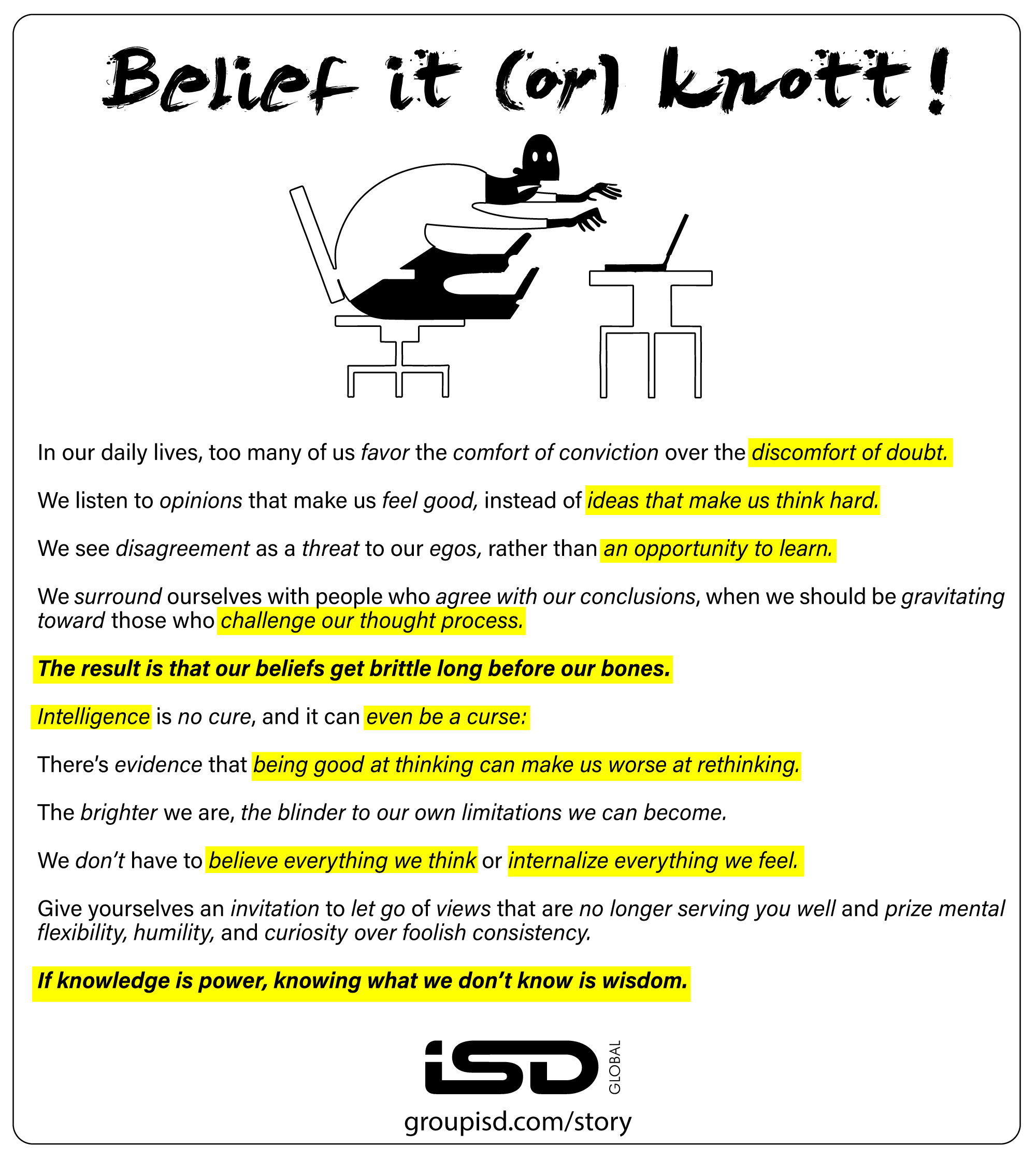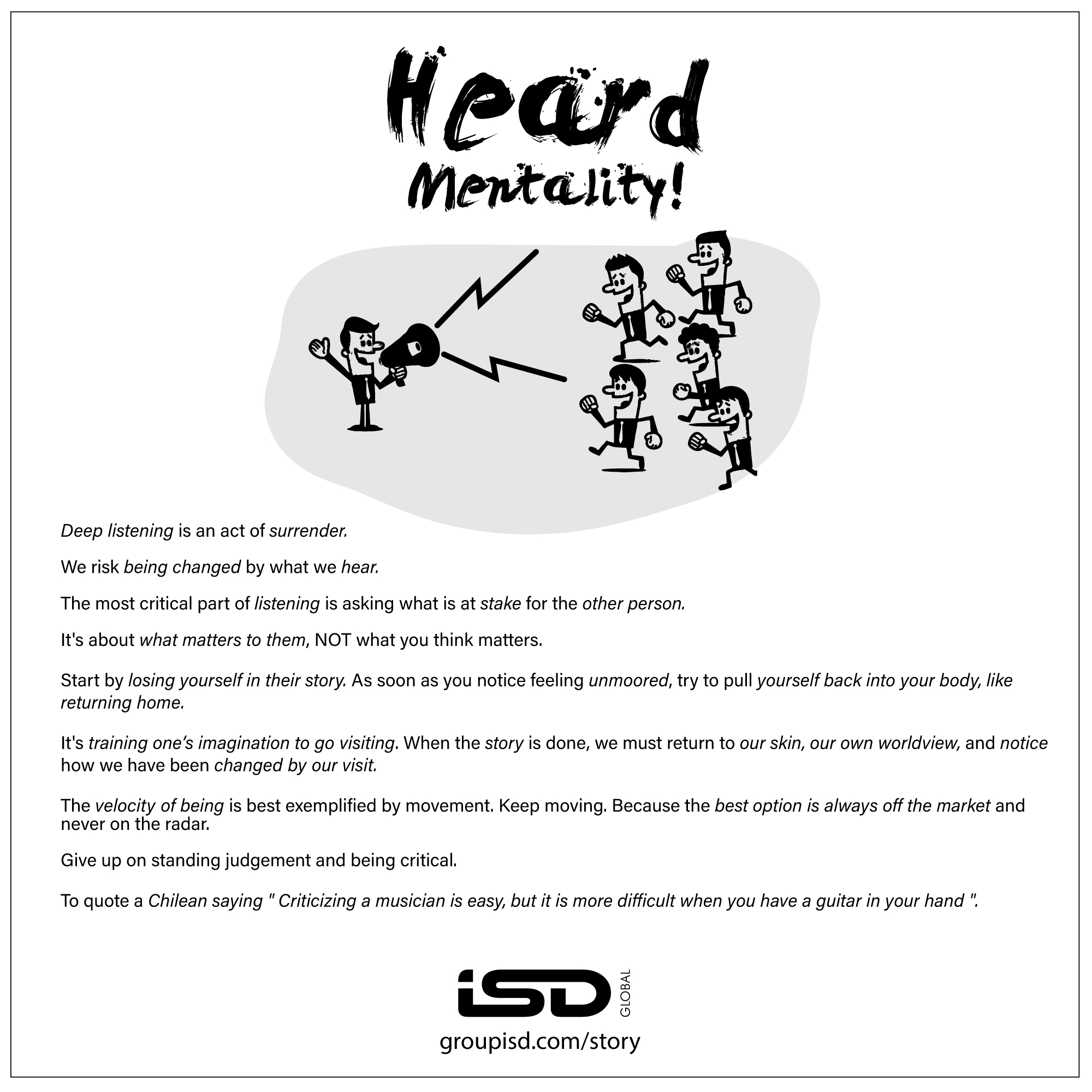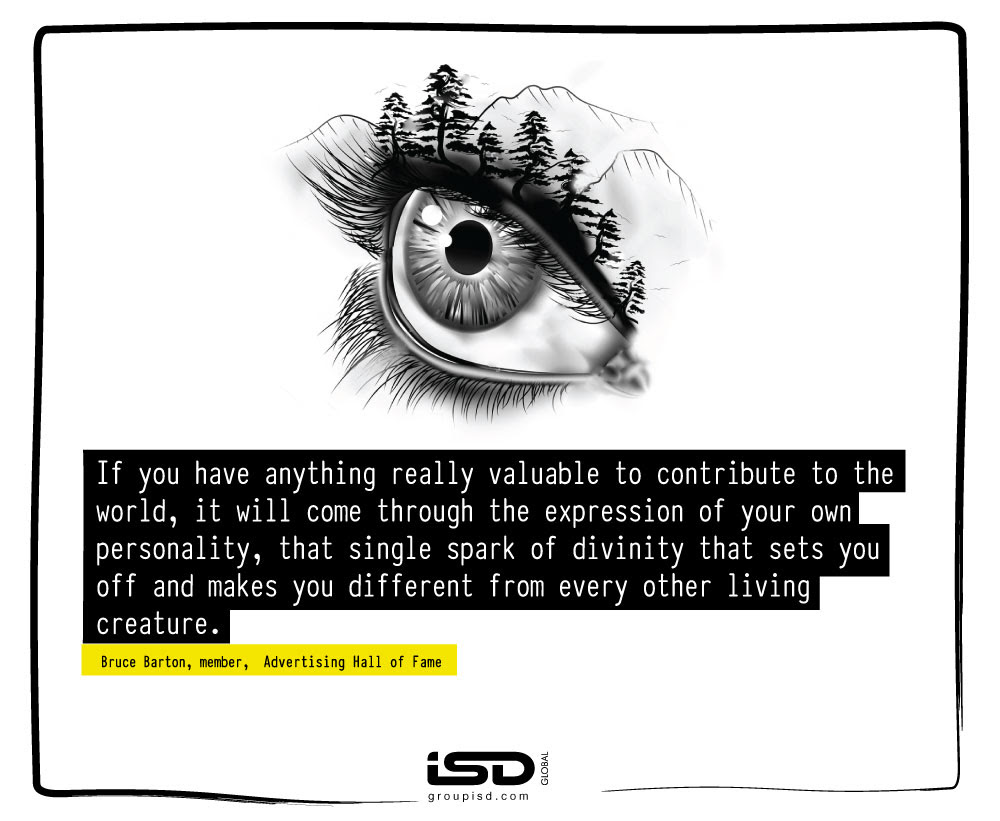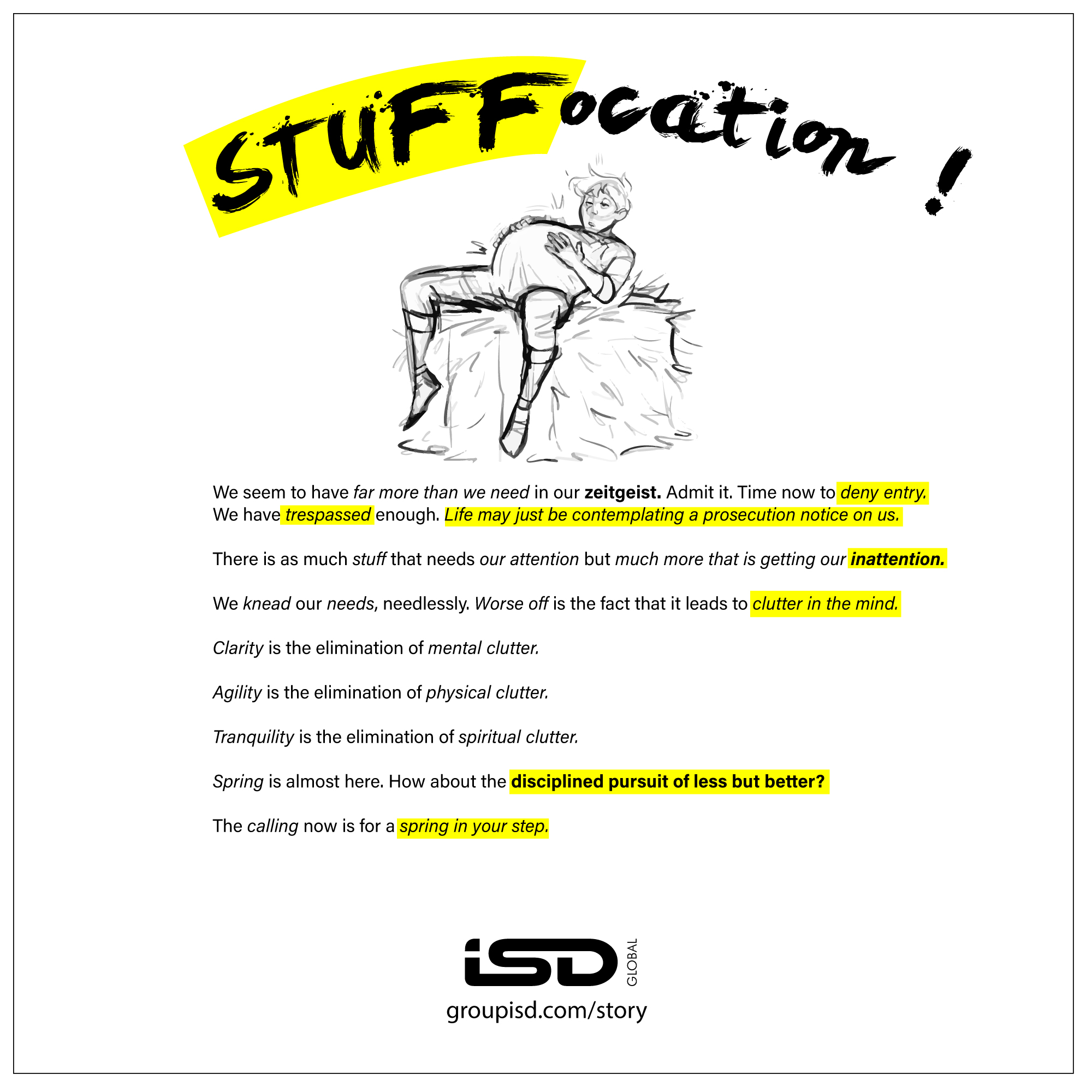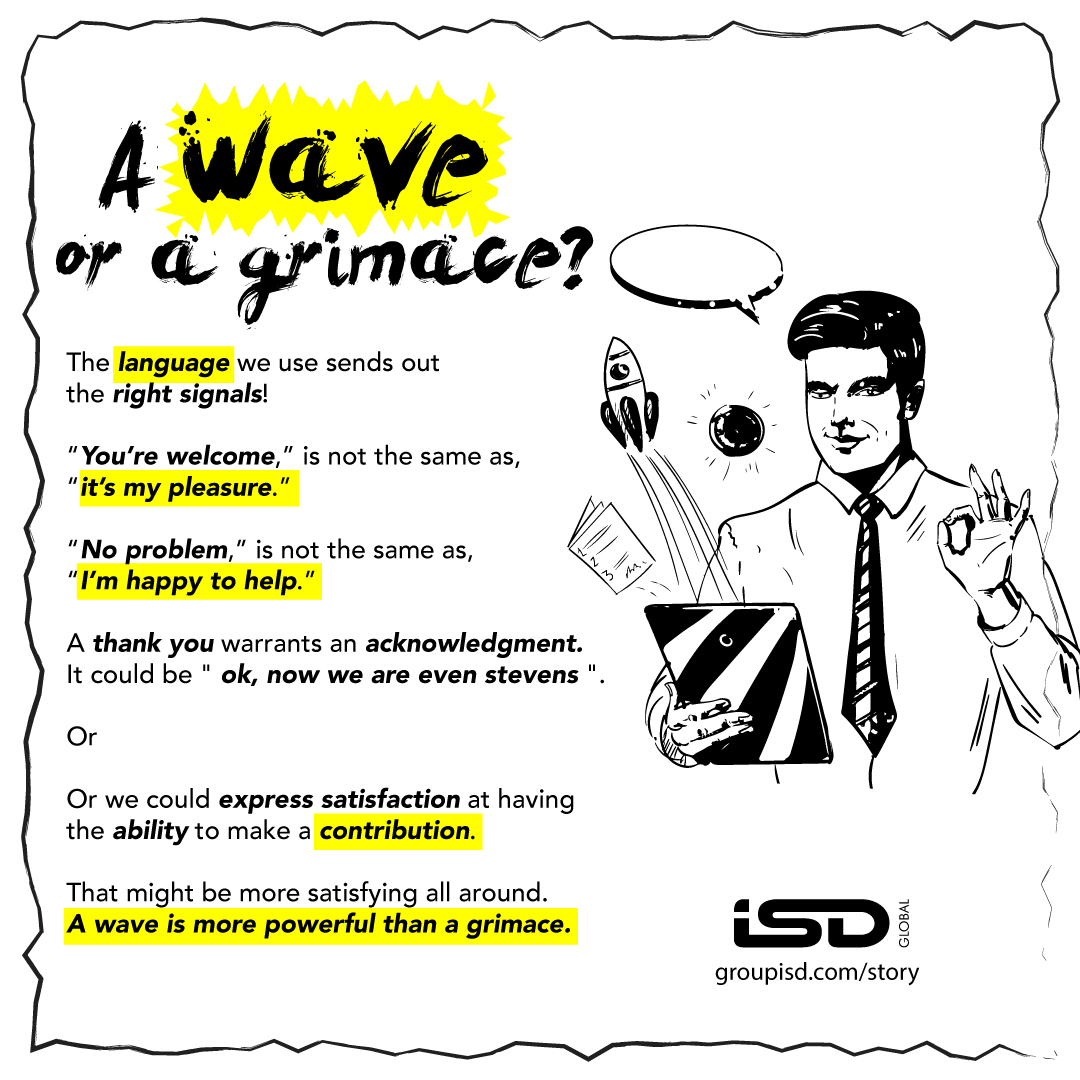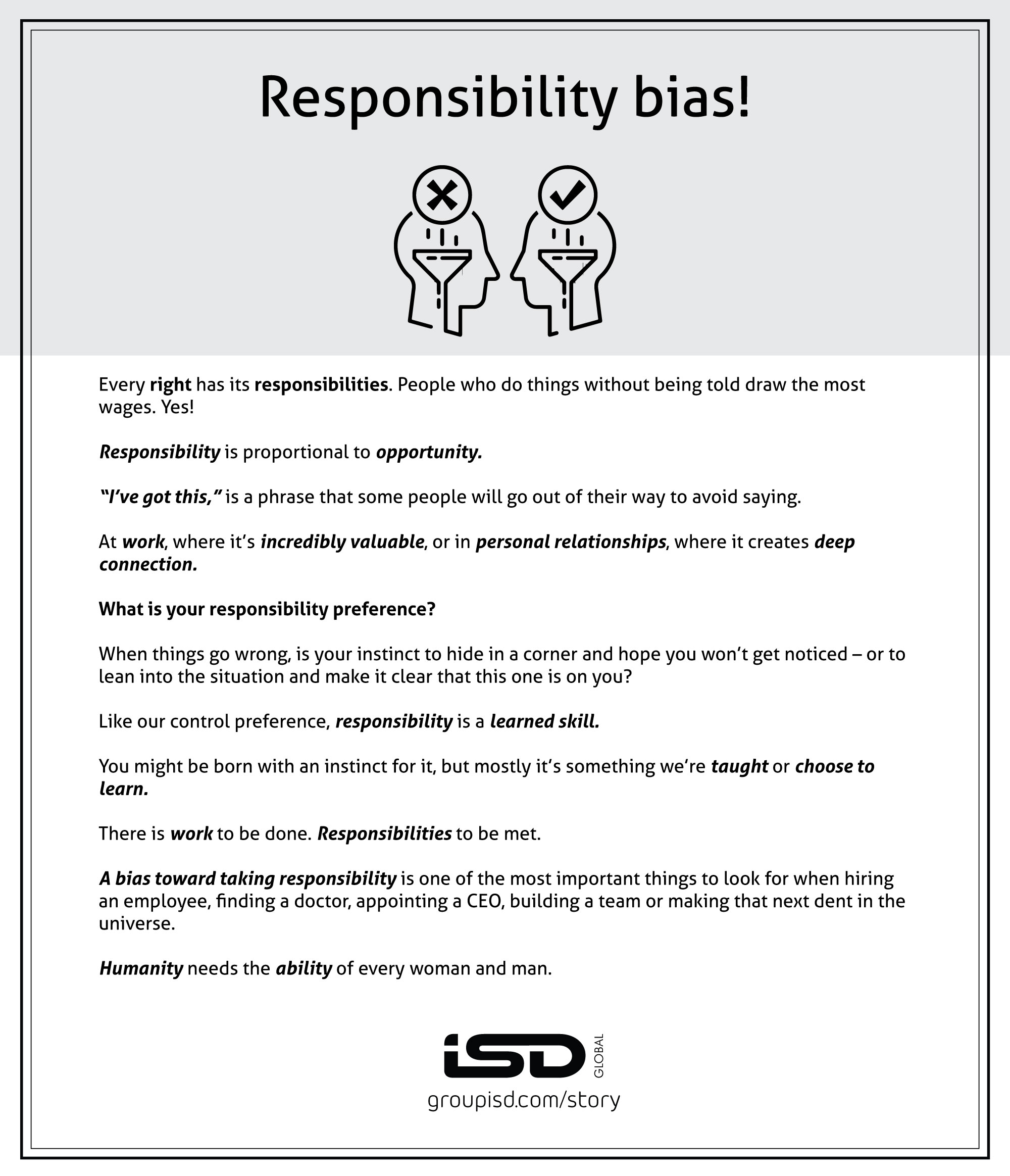If I am sounding audacious, it is because I want to. Sorry, if I am not apologetic about it.
Branding and Leadership are Siamese twins. The Brand Promise is a vibrant, living, changing saga called…Things We Care About. It requires Passion(ideally in all caps!)- the variety that only Inspired Leaders can project.
Franklin Roosevelt, America’s Brand Manager of Dignity and Freedom during the Great Depression( remember ” The Only Thing We Have To Fear is Fear Itself “) and World War II( “December 7, a date which will live forever in infamy”), said, ” it is necessary for the President to be the nation’s number one actor. “
That said, in fact all of leadership is an Act. It is an act called conveying the Brand Promise via demonstrated High Conviction in pursuit of Great Purpose.
That Great Purpose can be Democracy, Peace and Prosperity or it can come in various hues- be it the provision of the finest Indian cuisine in Dubai, the coolest business processes in the mortgage-banking industry in the US, or the Best-Ever Employee Independence Day picnic at your local organisation.
In any event, to carry it off, leaders of all descriptions must live and look the part. Some years ago, John Peers who was CEO of Technology Inc had said ” You can’t lead a cavalry charge if you think you look funny on a horse “. In fact, Roosevelt, no horseman as a result of his polio incapacitation, was careful never to be seen as incapacitated, what people saw about him was a consistent air of tenacity and confidence( like Churchill’s cigar, Roosevelt’s cigarette holder was an Oscar quality prop) during a time of mortal trial.
However, the Oscar goes to a certain Mohandas Gandhi(Father Of The Nation as he is remembered in India) who dressed brilliantly for the part of non-violent nation builder and chose his prop, the humble spinning wheel, with care. Mr G: ” You Must Be The Change That You Want To See In The World “.
Brand Leadership: A Great Story To Tell. Harvard Leadership Guru Howard Gardener writes in his fascinating book Leading Minds: An Anatomy of Leadership “Stories have identity. They are narratives that help individuals think about and feel who they are, where they come from, and where they are headed. They constitute the single most powerful in the leader’s arsenal.”
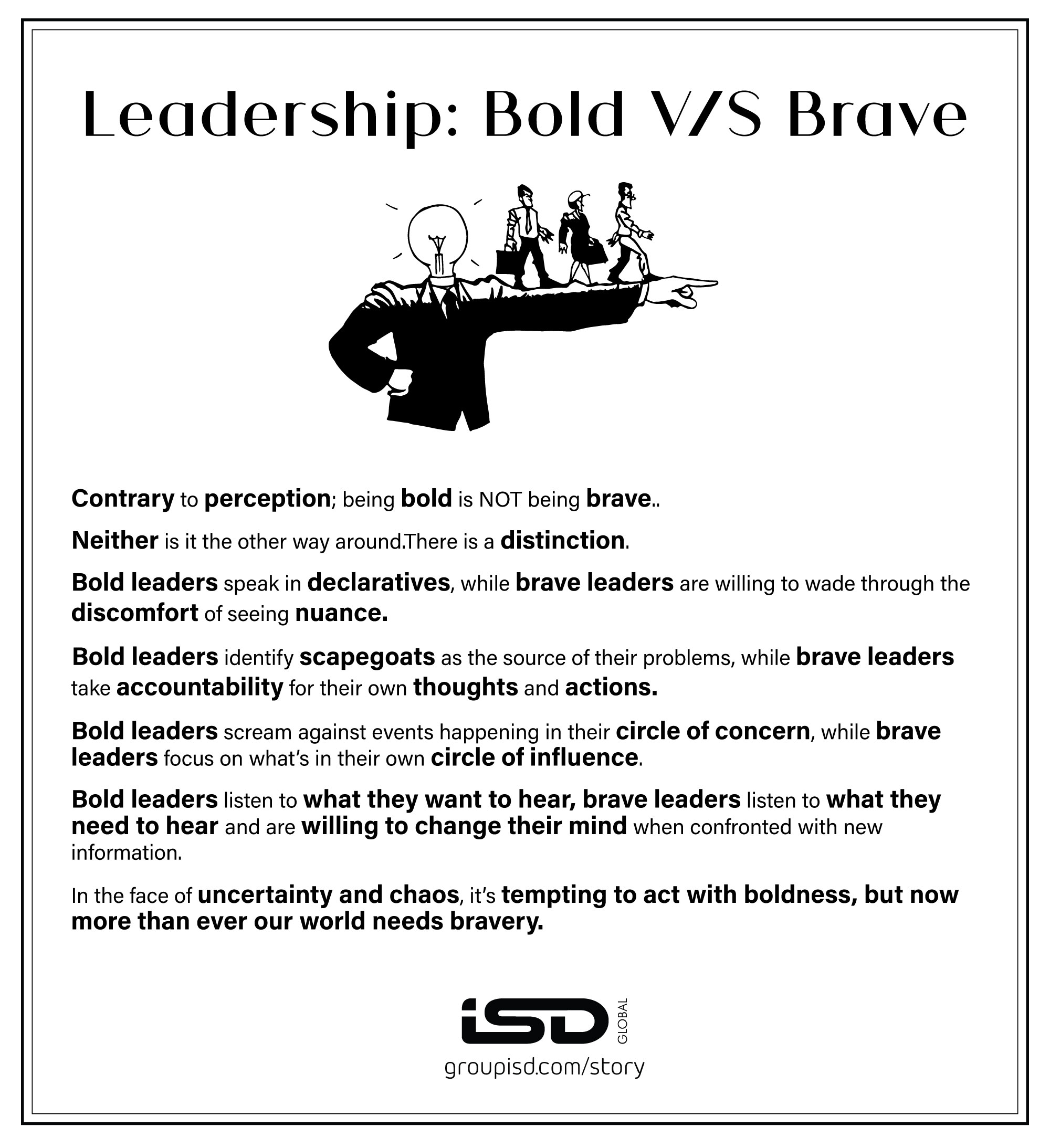
Great Leadership is Great Storytelling. Stories create the emotional context people need to locate themselves in a larger experience. Great enterprise leaders take on the ‘role'(read: the brand) of their company or product. Thus:
Steve Jobs is Apple, Bill Gates is Microsoft, Larry Ellison is Oracle, Andy Grove..is Intel, Sam Walton is(was)..Walmart, Richard Branson is Virgin Group, Anita Roddick is Body Shop, Giorgio Armani is Armani, Charles Schwab is …Charles Schwab, Oprah is..Oprah.
Real competition no longer revolves around market share. We are competing for attention…mind share, heart share, gut share.
